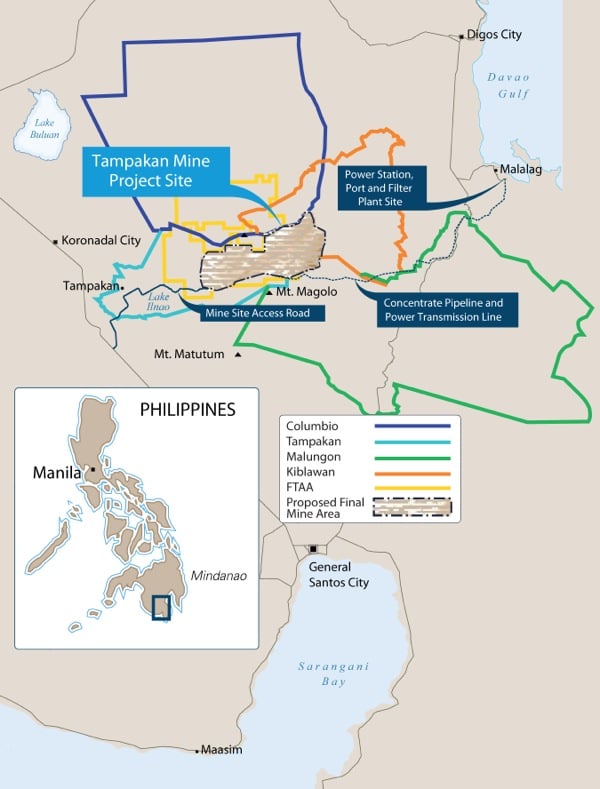Mining in the Philippines: concerns and conflicts
This report explores the effects of mining in the Philippines. The report argues that mining in the Philippines is being developed at a speed and in a manner likely to cause massive long-term environmental damage and social problems.
The report finds that:
- current mining plans will undermine the Government’s own strategy for sustainable development by destroying or severely damaging critical eco-systems, including watersheds, rivers, marine eco-systems and important agricultural production areas
- implementation of the proposed mining plan will bring insufficient benefits to the Filipino people
- corruption is a serious problem in the Philippines and it can be expected that plans for extensive mining operations in remote areas requiring licensing, regulation and monitoring will make it worse
- the Philippines currently faces a crisis of extra-judicial killings. More than 700 activists – including civil rights and environmental advocates – have been killed since the current administration came to power in 2001.
The report recommends that:
- the Philippine government should cancel all current mining applications that will inevitably cause major environmental damage to critical watersheds, eco-systems, agriculture or fisheries and result in social disruption
- the Philippine government should revoke the Mining Act of 1995 and enact alternative legislation that more effectively protects the interests of the affected local communities, indigenous peoples and the environment
- the World Bank Group should halt its promotion and support for mining expansion in the Philippines under current conditions
- all mining projects should be inspected by reputable independent organisations before investment.
- source:'http://fonts.googleapis.com/css?family=Open+Sans















